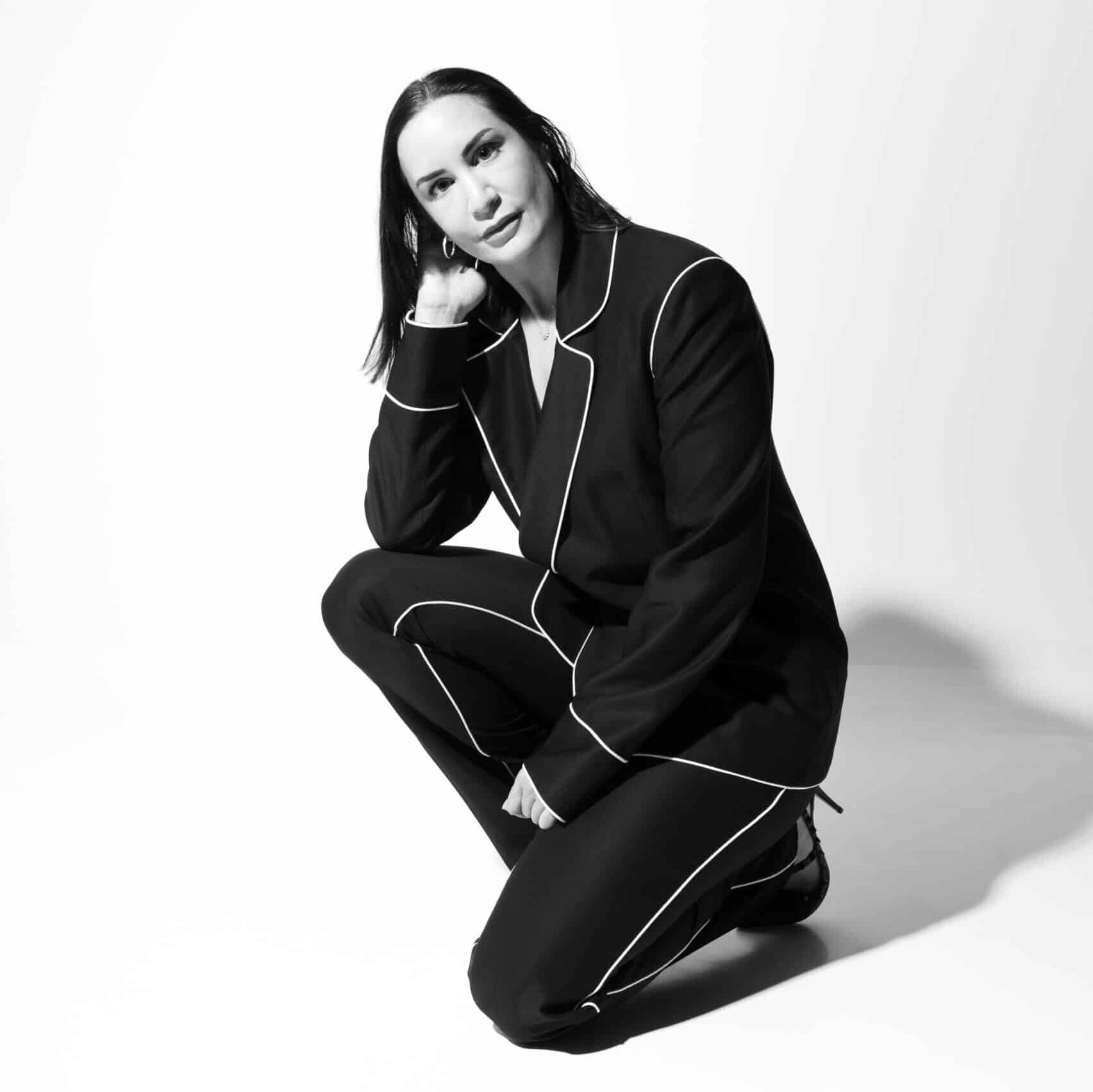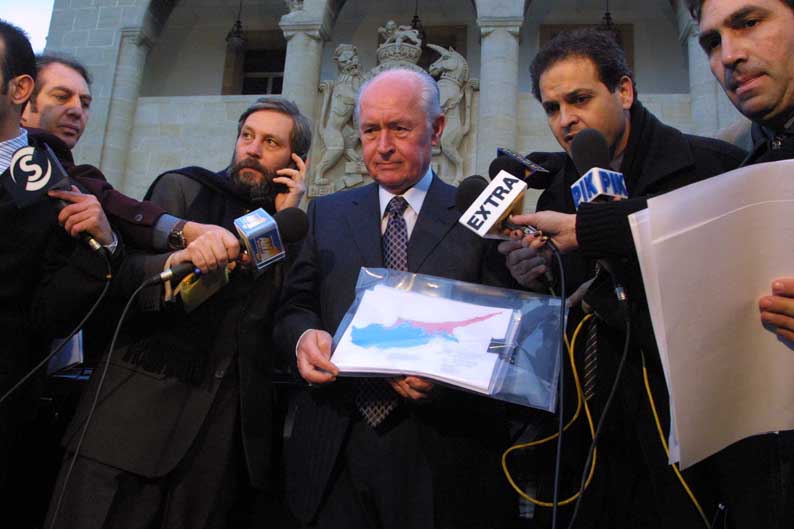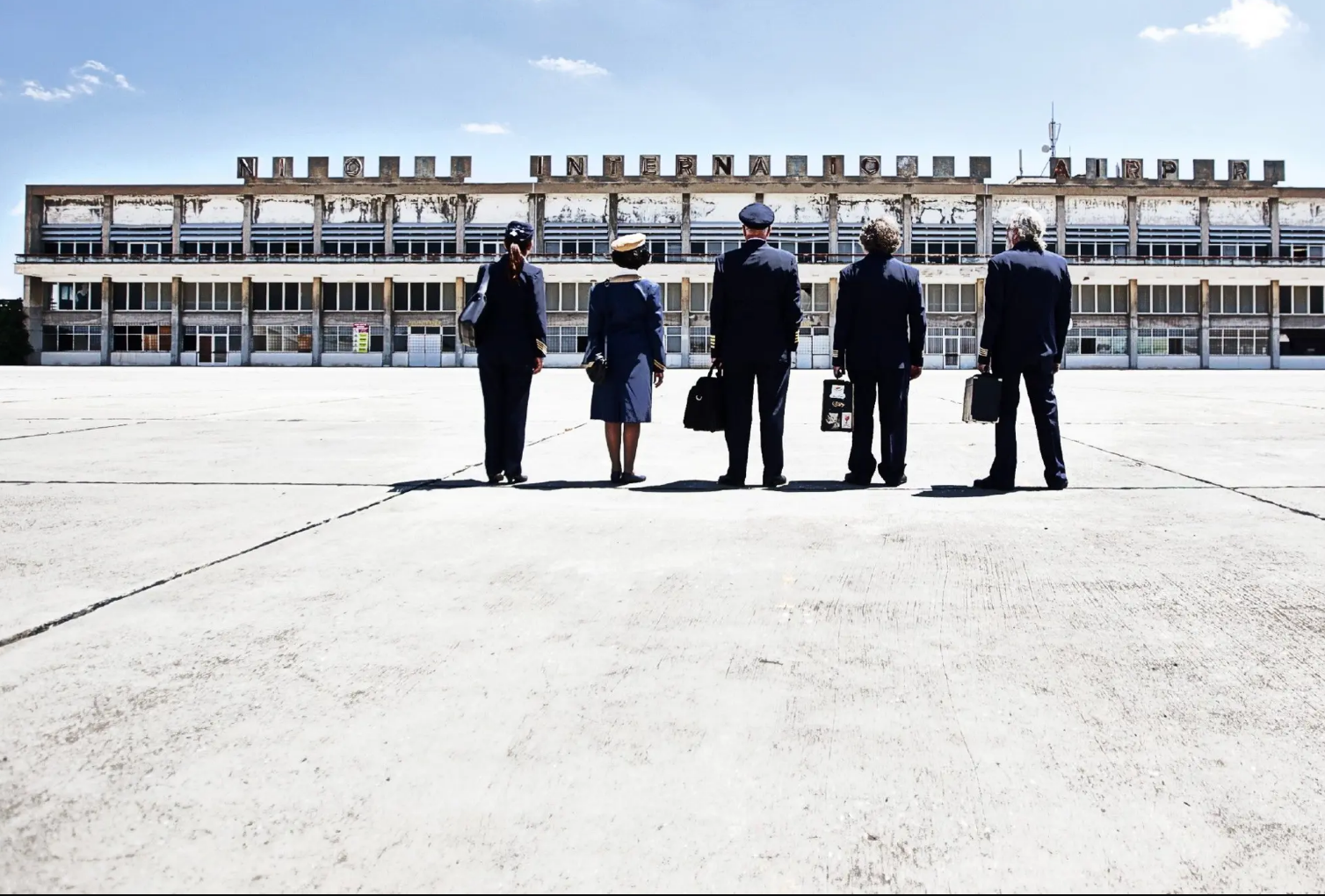As a passionate collector and admirer of design in all its forms, I’ve often found myself fascinated by the allure of what’s considered ‘timeless.’ That sleek, mid-century modern chair or the minimalist lamp I believed would defy the ages. Yet, as the years roll on, my once ‘timeless’ treasures seem to whisper tales of a bygone era, subtly nudging me towards the reality that the concept of timeless design might be more myth than fact.
I’ve come to see that ‘timeless’ isn’t quite what it seems. It suggests a design that’s immune to the changing trends, but really, our tastes are always evolving. Take the shag carpets from the 70s or the pastel walls from the 80s – everyone thought they’d never go out of style. But now, they’re just reminders of how our preferences shift over time. I’ve watched these changes happen. What’s in one decade is out the next, despite how timeless we once thought it was.
Consider the open-plan living concept – a design I truly felt, seduced by its promise of fluidity and openness. Fast forward a decade, and the once-celebrated open spaces are now being partitioned off in search of privacy and tranquility. This change in what we like reminds us that what works and what we need can change, making what we thought was the perfect choice before, not so great anymore. Simultaneously with the shifting preferences for space, the colours that once adorned our walls began their own dance of change. The pastel hues I once painted my walls, now feel distinctly anchored in the past. Today’s ‘classic’ colours are bold, vivid and ever-changing, challenging the very notion of what it means to be timeless. Could plain white walls be the real deal for timeless? Seems a bit dull, though.
This journey of discovery extended beyond the confines of Western design principles, leading me through Asian, African and Middle Eastern cultures and places like Cyprus, where the melding of Greek, Roman and Ottoman influences come together – a design spirit that is more than just ‘timeless’. In my travels, I’ve observed that what the West deems ‘timeless’ often fails to resonate globally. These explorations have shown me that timelessness isn’t a one-size-fits-all idea but is richly tied to cultural identity and tradition. They have definitely expanded my view, uncovering a world where ‘timeless’ carries a whole different, and much deeper, meaning than I ever realised.
In this global canvas, I found inspiration to weave the old with the new inside my own home. Seeing design ideas from around the world, I started adding bits of both vintage and modern looks to my own place. This mix has turned my home into a story of change, not just stuck in one time.
Lately, the push for sustainability has turned things like modular furniture, smart home gadgets, and eco-friendly decorations from cool trends into real must-haves. These aren’t just for looks; they show we care about our planet’s future. Choosing stuff for our homes that can be used in different ways, that saves energy, and that’s good for the environment could be what really sticks around for good.
The journey through the landscapes of design has led me to appreciate the beauty of evolution in our living spaces. The myth of timeless design, while enticing, overlooks the dynamic nature of human creativity. As we curate our spaces, let us do so with an openness to change, a commitment to sustainability, and a celebration of diversity. After all, if there is anything that the pursuit of timelessness has taught me, it’s that the only constant in design, as in life, is change.







Click here to change your cookie preferences